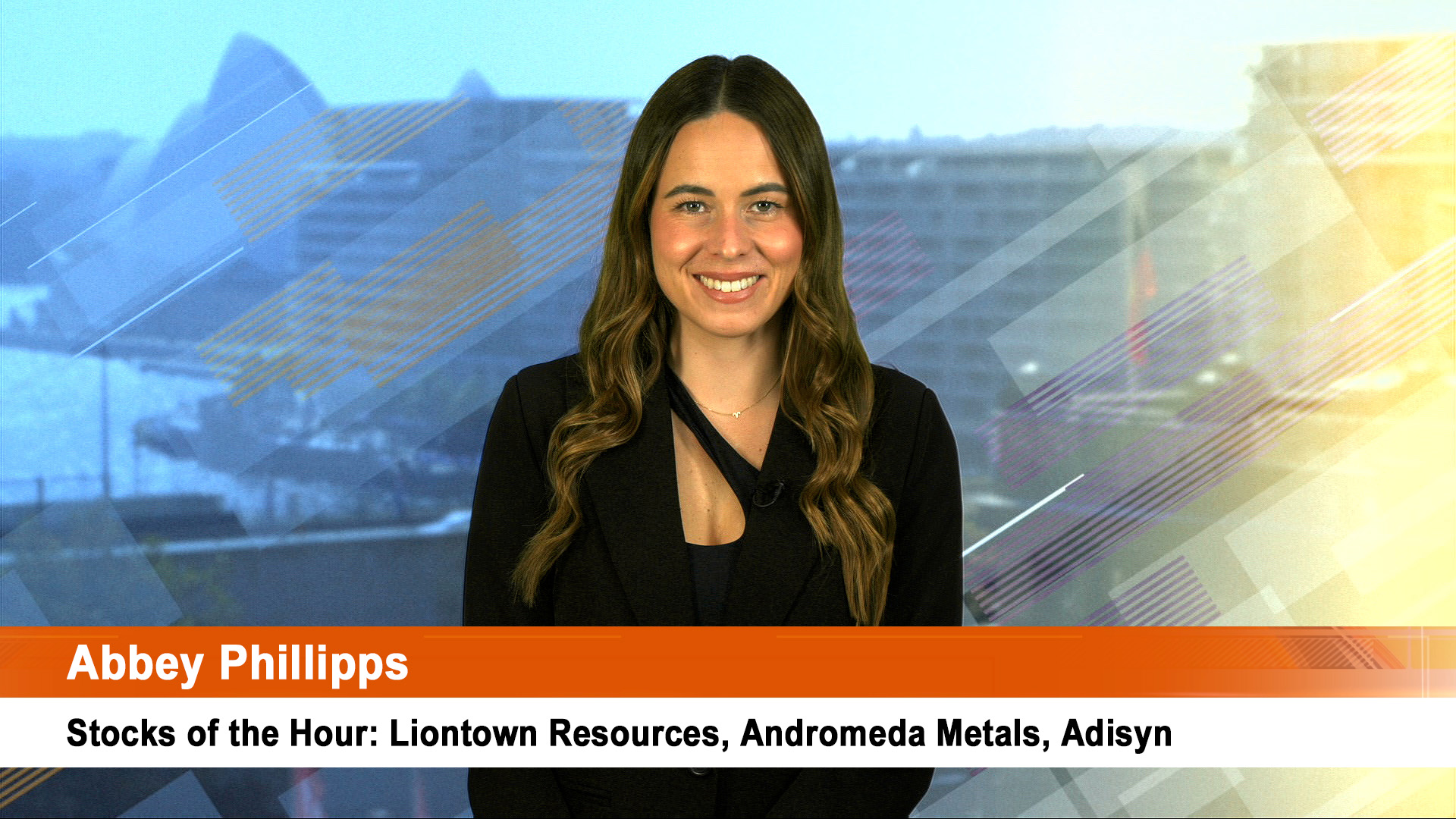Copper prices face a curious outlook in 2011.
Despite a record hit in February, the metal has fallen by around 8%, while oil, gold and silver (other speculators’ favourites) have hit new all time or recent highs.
A combination of investor hesitation, fears about Chinese economic growth and worries about what high oil prices might do to global growth, seem to be factors behind this variance to the general direction of commodity prices.
Why copper’s price movement matters for a lot of investors is because the metal has a gained a reputation of being a forward indicator for the global and especially Chinese economies.
While the world economy is going well, China, the world’s largest copper consumer accounting for 40% of global demand, has cut its purchases in the past couple of months, judging by the country’s import figures.
The near record prices and tightening credit conditions (such as this week’s rate rise, the second this year) seems to have seen Chinese importers, processors and manufacturers cut back on purchases.
And yet the supply demand equation appears to be solidly in copper’s favour with a shortfall in output (driven by falling grades in Chile in particular, the world’s biggest producer).
So when the metal hit a new record high of $US10.190 a tonne in February driven by strong demand from investors, the market was primed for further gains, especially with inflation rising, the US dollar weak, oil prices running and global growth solid.
But no way and the price is down, leaving confusion and bemusement.
So according to the leading industry survey, issued this week, there’s a real chance copper could drop under $US9,000 a tonne this year, before bouncing sharply to new highs near $US11,000 by year’s end.
UK-based GFMS Ltd released the forecast this week in Chile during the annual copper industry talkfest.
“The sharp improvement in copper fundamentals rekindled investor interest in copper after a period of relative weakness, in the aftermath of the European sovereign debt crisis,” said Nikos Kavalis, GFMS senior analyst, who presented the main findings.
He outlined some of the factors that GFMS sees impacting the metal.
These were
Monetary tightening in China may pull copper below $9,000 a tonne in the first half
ECB mulls interest rate rise, a dampener for copper
Infrastructure restructuring may being in Japan in the second half to boost copper uses
Consumption set to rise on the US economic growth, too
Price may recover to hit new peak over $11,000 a tonne.
Copper for May delivery settled at around $US9,502 on the LME on Wednesday.
GFMS said the possible price fall would be short-lived.
The firm says that eventually, investors would regain their confidence in copper’s long-term fundamentals and return to the market.
"Coupled with a tighter fundamental market, as deficits continue to work their way through stockpiles, this will see prices resume their upward trajectory and a new peak towards the $11,000-a-tonne mark will be breached in the second half of the current calendar year," the GFMS report said.
GFMS noted that continued recovery of mature economies, consumption and strong underlying increases in demand in developing countries, led by China, are expected to result in continued strong global refined consumption of copper this year.
Mined production is expected to accelerate and scrap volumes will also rise further but refined production is not likely to outpace demand and the market will remain in deficit this year, GFMS said.
GFMS calculated that the copper market went into deficit in the second half of 2010, more than offsetting a small surplus seen in the first half of that year.
Despite an increase in secondary production boosting refined output, analysts said global refined consumption exceeded supply by 286,000 tonnes.
Despite a continuing positive fundamental backdrop, Kavalis said that “in the near-term a noteworthy correction cannot be ruled out”. And he said a fall under $US9,000 was very possible soon.
GFMS said global mine production growth had slowed to 0.8% in 2010, hampered by falling grades and labour disputes.
Total mine output for the year reached 15.9 million tonnes of copper with China posting the largest year-over-year increase in tonnage at 114,000 tonnes.
Lower output was recorded in the US and Peru while other countries reporting increases in production included Zambia, Democratic Republic of Congo and Spain. Chile said last week that copper output was down 6.6% in February from the same month in 2010 with the BHP Billion controlled Escondida seeing lower grades and production.
GFMS said that global average cash costs for copper rose by 11.4% in 2010 to an estimated $US1.12 per pound or the equivalent of $US2,740 per tonne.
Global refined copper production climbed 3.8% to reach 19.1 million tonnes in 2010.
Total output was boosted by strong increases in secondary production resulting from recycling of old equipment and scrap stockpiles being released to the market.
Global copper consumption grew 11.3% in 2010 with offtake totalling 19.4 million tonnes as Chinese growth remained in double digits and consumption in mature economies recovered strongly in the second half of the year, the GFMS analysts said.













